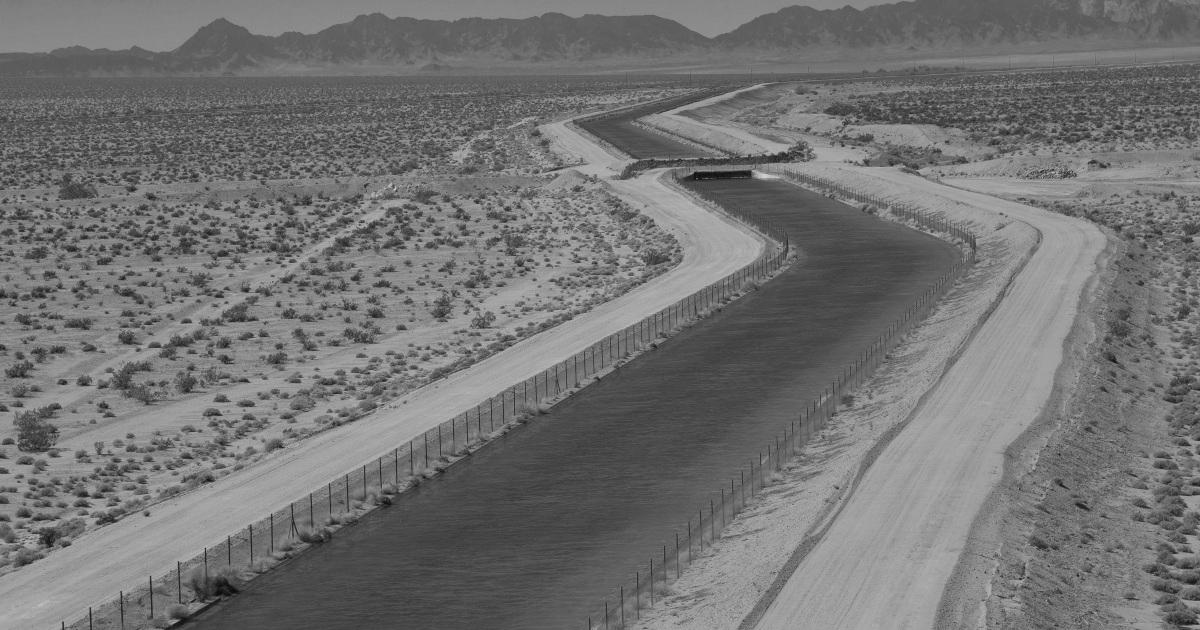California declares unprecedented water restrictions amid drought | Water News
Warning: Undefined variable $post_id in /home/webpages/lima-city/booktips/wordpress_de-2022-03-17-33f52d/wp-content/themes/fast-press/single.php on line 26

2022-05-06 18:08:17
#California #declares #unprecedented #water #restrictions #drought #Water #News
Los Angeles, California – Amid a once-in-a-millennium extended drought fuelled by the local weather disaster, one of many largest water distribution businesses in the USA is warning six million California residents to cut back their water utilization this summer, or risk dire shortages.
The scale of the restrictions is unprecedented within the history of the Metropolitan Water District of Southern California, which serves 20 million folks and has been in operation for nearly a century.
Adel Hagekhalil, the district’s common manager, has requested residents to limit outside watering to at some point a week so there shall be sufficient water for ingesting, cooking and flushing toilets months from now.
“This is actual; that is critical and unprecedented,” Hagekhalil told Al Jazeera. “We need to do it, otherwise we don’t have enough water for indoor use, which is the essential health and security stuff we need every single day.”
The district has imposed restrictions before, but to not this extent, he said. “This is the primary time we’ve mentioned, we don’t have enough water [from the Sierra Nevadas in northern California] to final us for the rest of the year, until we cut our utilization by 35 p.c.”
Water pipes in Santa Clarita, California, are part of the state’s water undertaking – allocations have been cut sharply amid the drought [File: Aude Guerrucci/Reuters]Depleted reservoirsMany of the water that southern California residents enjoy begins as snow in the Sierra Nevadas and the Rocky Mountains. The snowmelt runs downstream into rivers, the place it's diverted by reservoirs, dams, aqueducts and pipes.
For many of the last century, the system labored; but over the past two decades, the local weather crisis has contributed to extended drought within the west – a “megadrought” of a scale not seen in 1,200 years. The conditions imply less snowfall, earlier snowmelt, and water shortages in the summertime.
California has huge reservoirs, which Hagekhalil likens to a savings account. However in the present day, it's drawing more than ever from these savings.
“Now we have two methods – one in the California Sierras and one in the Rockies – and we’ve never had both techniques drained,” Hagekhalil stated. “That is the primary time ever.”
John Abatzoglou, an associate professor who studies local weather at the College of California Merced, told Al Jazeera that more than 90 percent of the western US is currently in some type of drought. The past 22 years have been the driest in additional than a millennium in the southwest.
“After a few of these recent years of drought, a part of me is like, it can’t get any worse – however right here we are,” Abatzoglou said.
The snowpack in the Sierra Nevadas is now 32 percent of its typical volume this time of yr, he stated, describing the warming local weather as a long-term tax on the west’s water finances. A warmer, thirstier environment is reducing the quantity of moisture that flows downstream.
The dry conditions are additionally creating an extended wildfire season, because the snowpack moisture keeps vegetation wet enough to withstand carrying hearth. When the snowpack is low and melting earlier in the year, vegetation dries out sooner, permitting flames to brush by means of the forests, Abatzoglou stated.
An aerial drone view displaying low water near the Enterprise Bridge at Lake Oroville in Butte County, California the place water ranges are less than half of its normal storage capability [Kelly M Grow/California Department of Water Resources]‘Vital imbalance’With less water obtainable from the northern California snowpack, Hagekhalil stated the district is relying more on the Colorado River. “We’re lucky that in the Colorado River, now we have inbuilt storage over time,” he stated. “That storage is saving the day for us proper now.”
But Anne Fortress, a senior fellow on the University of Colorado’s Getches-Wilkinson Centre, said the river that gives water to communities throughout the west is experiencing another “extremely dry” yr. The river, which flows southwest from Colorado to the northwestern tip of Mexico, is fed by the snowpack in the Rocky Mountains and the Wasatch Vary.
Two of the most important reservoirs within the US are at critically low ranges: Lake Mead is about a third full, while Lake Powell is 1 / 4 full – its lowest level since it was first crammed in the Nineteen Sixties. Lake Powell is so parched that government companies concern its hydropower generators might grow to be damaged, and are mobilising to divert water into the reservoir.
Over the previous 22 years, the Colorado River system has seen a “significant imbalance” between provide and demand, Fortress advised Al Jazeera. “Local weather change has diminished the flows within the system normally, and our demand for water greatly exceeds the reliable supply,” she said. “So we’ve bought this math downside, and the one manner it can be solved is that everybody has to use less. However allocating the burden of those reductions is a very tough drawback.”
In the quick term, Hagekhalil mentioned, California is working with Nevada and Arizona to spend money on conserving water and reducing consumption – but in the long run, he desires to transition southern California away from its reliance on imported water and instead create an area provide. This could involve capturing rain, purifying wastewater and polluted groundwater, and recycling each drop.
What worries him most about the way forward for water in California, nevertheless, is that people have quick reminiscence spans: “We’ll get heavy rain or a heavy snowpack, and other people will neglect that we had been on this scenario … I will not let people overlook that we’re so depending on the snowpack, and we are able to’t let someday or one yr of rain and snow take the power from our constructing the resilience for the longer term.”
Quelle: www.aljazeera.com